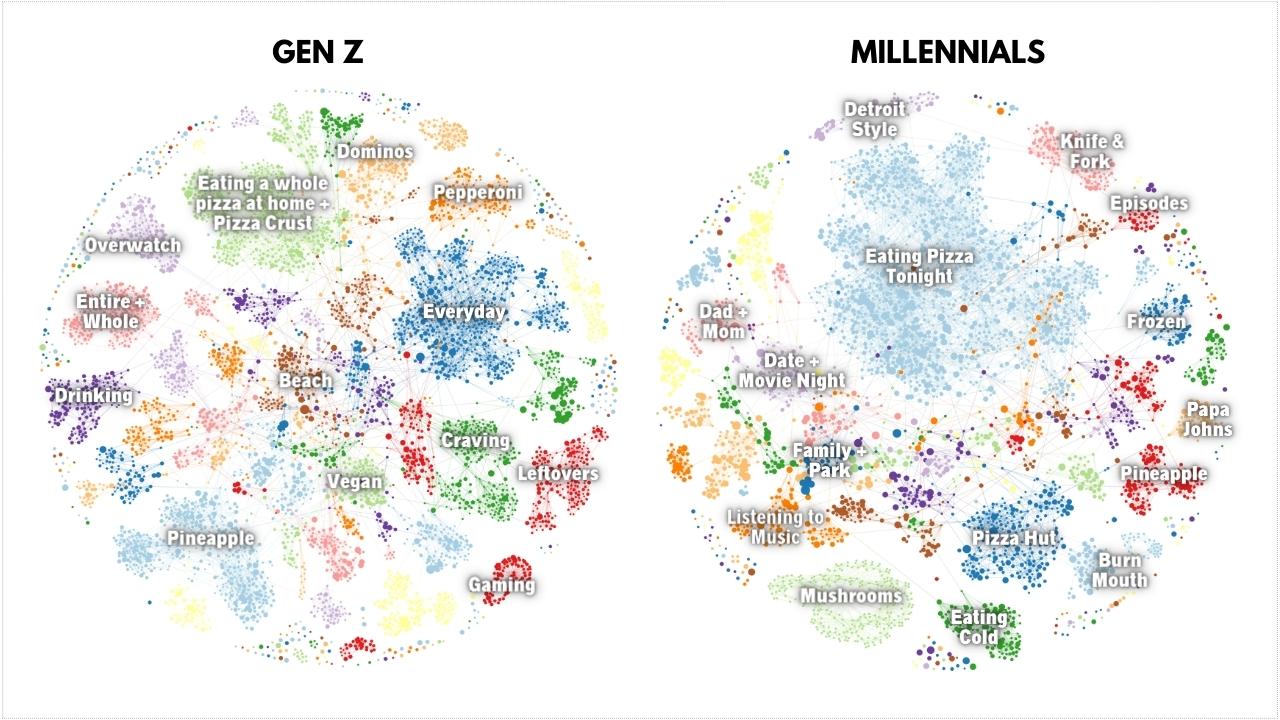In this video, I talk about different ways to use data to use and find social media research topics. I have always been a proponent of using audience data and conversations when doing research on social media. This video provides a blueprint for effectively doing this, resulting in more actionable data and insight.
In the early days of social media, I remember when we would plug a keyword into a platform like Sysomos, click return and wait for the results to come in. You could choose news, blogs, forums, and social media. The problem with this approach is that the results yield everything said about the topic you were researching. And that might be OK for high-level, quick social media research or a social media audit.
One of the first steps in any analysis is to define your audience. This might be complex for some marketers working in various industries, so I will simplify it as best I can. Consumer audiences are more complex and difficult to build than B2B or healthcare audiences.
It’s not difficult to find and build an audience of C-suite executives, engineers, or developers. It’s also pretty easy to build an audience of physicians, nurses, or other HCP groups. This is partly because B2B audiences typically self-identify what they do for their profession.
Some consumer audiences are more difficult to build than others. For example, if you are looking for moms interested in jazz music, no problem. Millennials interested in hip-hop music and sports, no problem. Cynical Gen X dads, easy. But it can get complex with niche audiences segmented by geography, channel, religion, gender, ethnicity, and other characteristics.
Once you build your audience, that becomes your data source for social media research. So instead of trying to understand what the world is saying about social media research topics, you can understand more specifically what a group important to your business is saying about the topics.
This type of information can be useful to inform everything you do from a marketing perspective–messaging, paid search, TikTok SEO optimization, and how you write headlines across your owned media channels. In the past, the role of social media in research helped provide marketers with high-level macro trends. Today, it is extremely actionable and can do a lot more.
Here’s a quick example
Below is a text analysis of pizza. I wanted to understand how two different audiences view and talk about one of my favorite foods: pizza. Looking at the clusters, you can understand the different topics related to pizza and how they are interconnected. This data becomes more useful when you can compare it to other audiences (i.e., Gen Z media trends versus Millennial media trends)

This video just touches the surface of how to conduct social media research. I have spent years trying to perfect this approach and share my thoughts about audience insights as much as possible.
Relevant Videos
